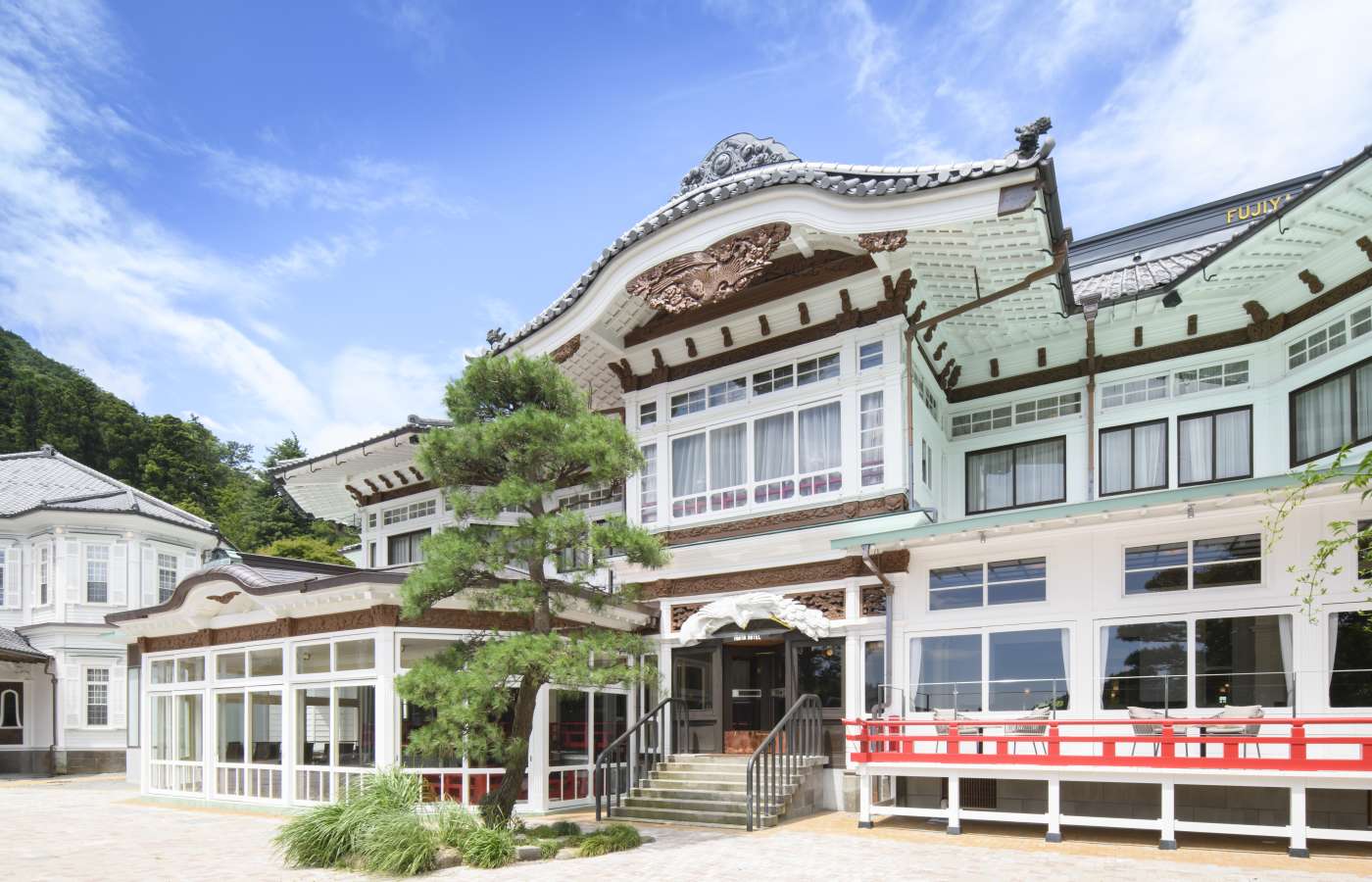
Lovingly renovated hotels from the 19th and early 20th century offer a window into an era when Japan was reopening to the world.
The roots of a new hospitality: European sensibility meets omotenashi
When Japan ended its policy of isolation in the mid-1800s, after centuries of seclusion, a sudden influx of foreign influences – and people – transformed the country.
Businesses quickly sprang up to cater to Western guests, including hotels that provided a very different experience to ryokan (traditional Japanese inns). The earliest example, the Yokohama Hotel, opened in 1860 and boasted innovations such as the country’s first Western-style bar.
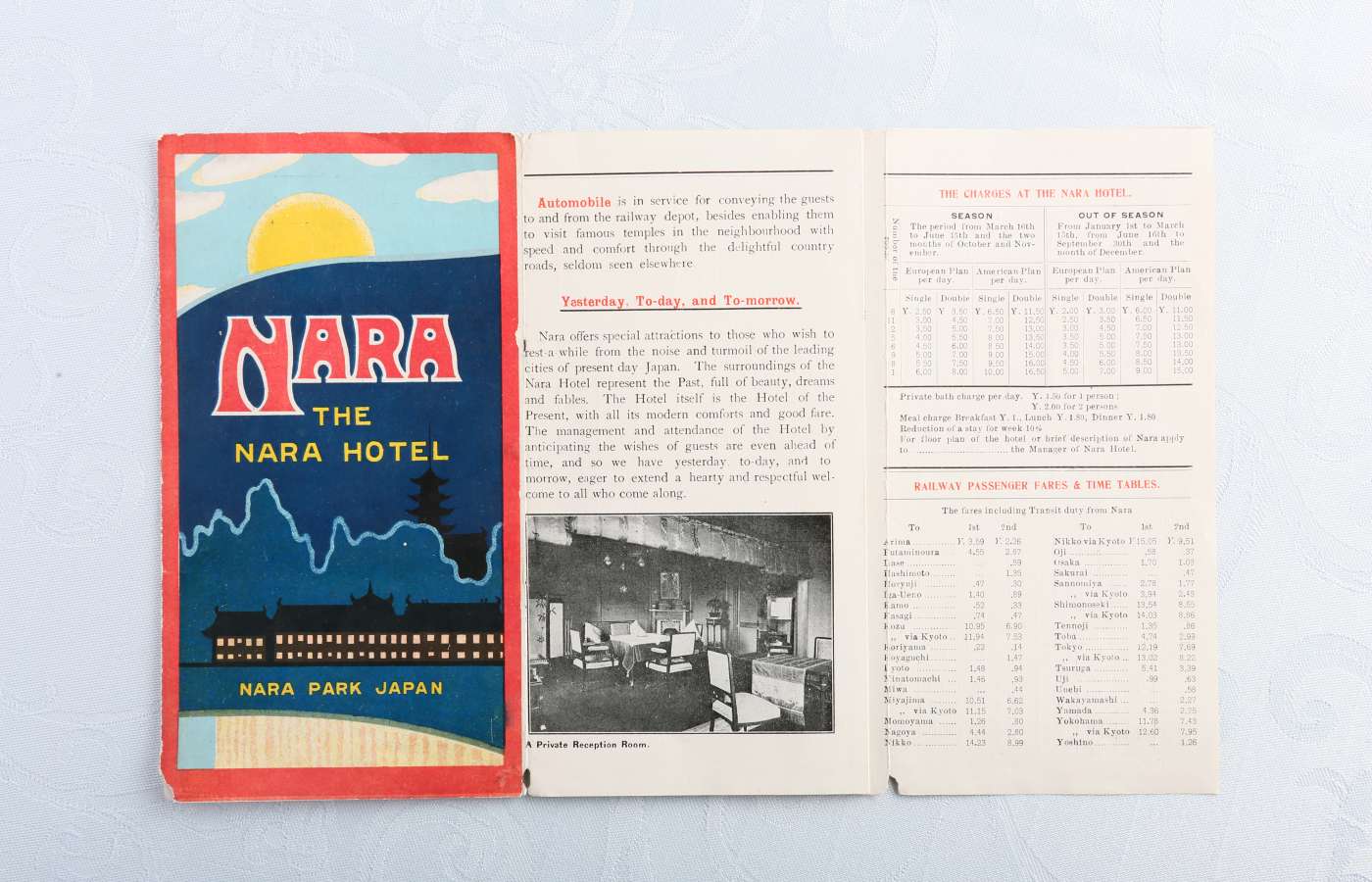
A vintage leaflet advertises the Nara Hotel to international guests.
Photo credit: Nara Hotel
Many more followed, offering omotenashi (hospitality) with a distinctly European flavor. While most have since been lost to time, a few of these unique historical hotels are still going strong in Japan.
Here are three of the best, which manage to offer an authentically retro experience while keeping up with the times.
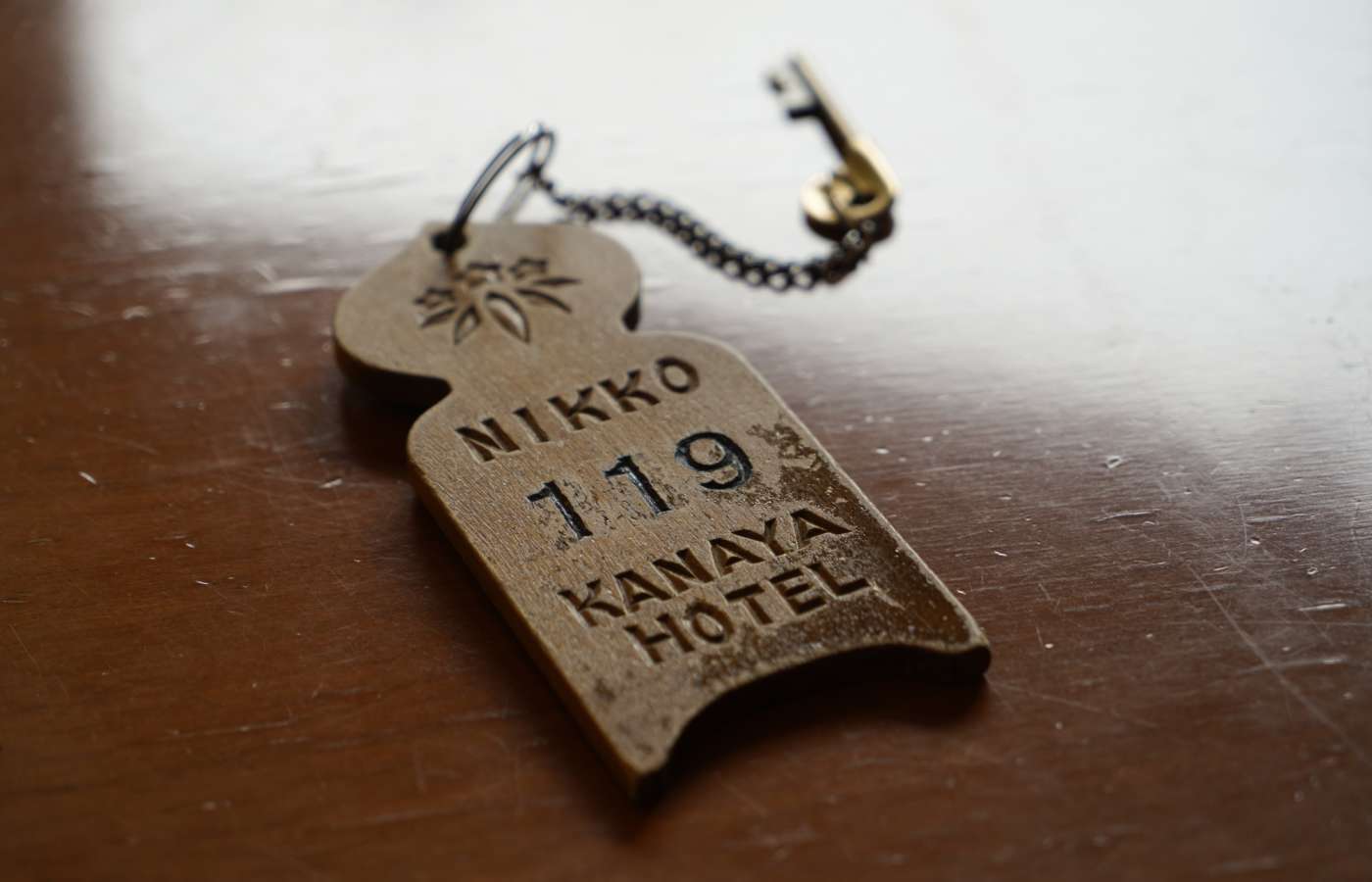
Nikko Kanaya Hotel: Japan’s oldest resort hotel still has charm to spare
An imperial court musician, Zenichi Kanaya, converted his samurai residence into a guesthouse for foreign visitors back in 1873, making it Japan’s oldest resort hotel. The Nikko Kanaya Hotel moved to its current location, on a hill overlooking the Daiya River, in 1893.
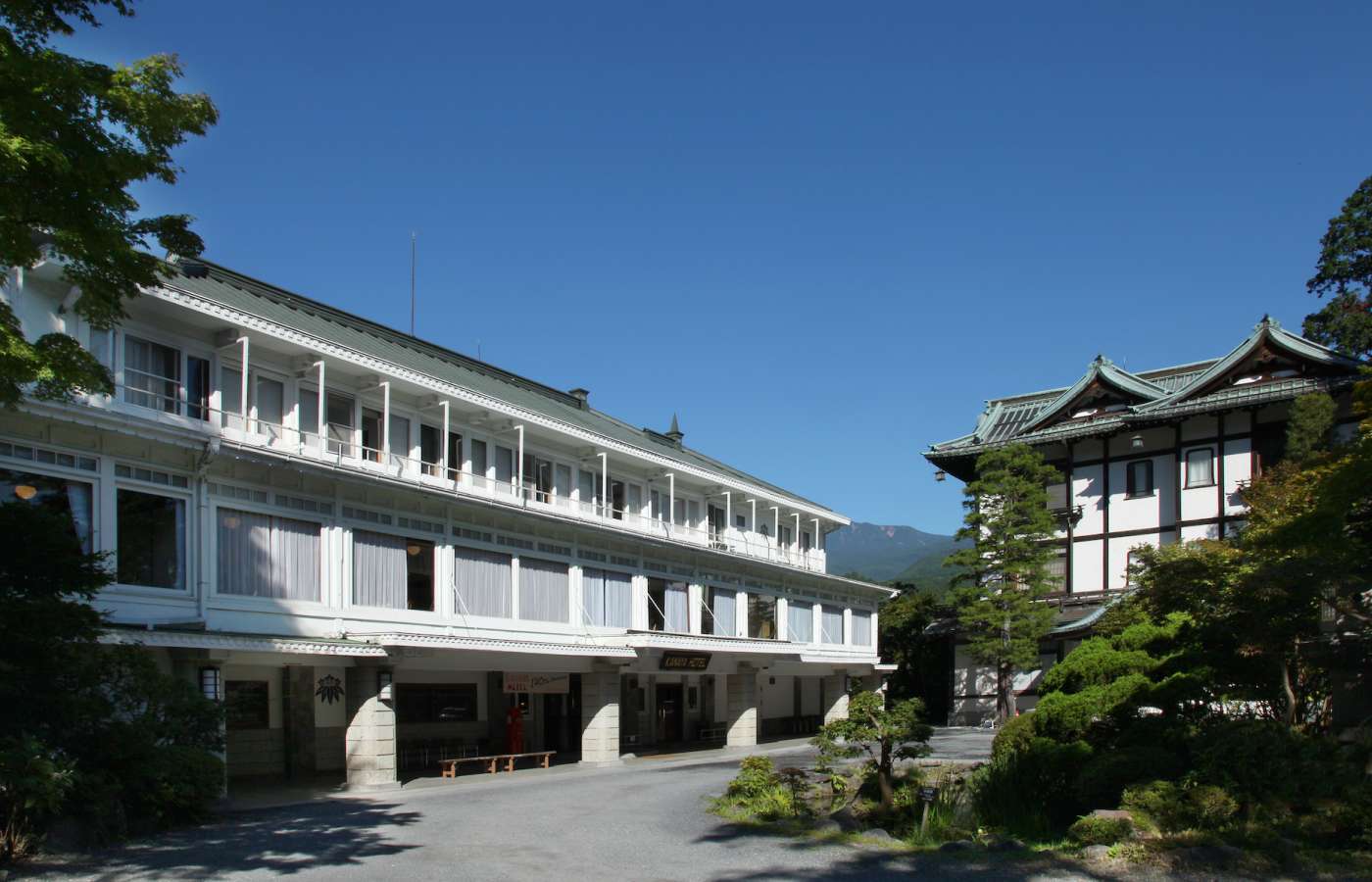
Early guests at the Nikko Kanaya Hotel included Frank Lloyd Wright and Natsume Soseki.
Photo credit: Nikko Kanaya Hotel
The architecture is Western, but on closer inspection you’ll notice detailed wooden carvings, like the ones found at the nearby Nikko Toshogu Shrine. The guest rooms are also given a Japanese twist, such as the use of exposed wooden beams in the walls and ceilings, akin to what you’d find in a tatami room.
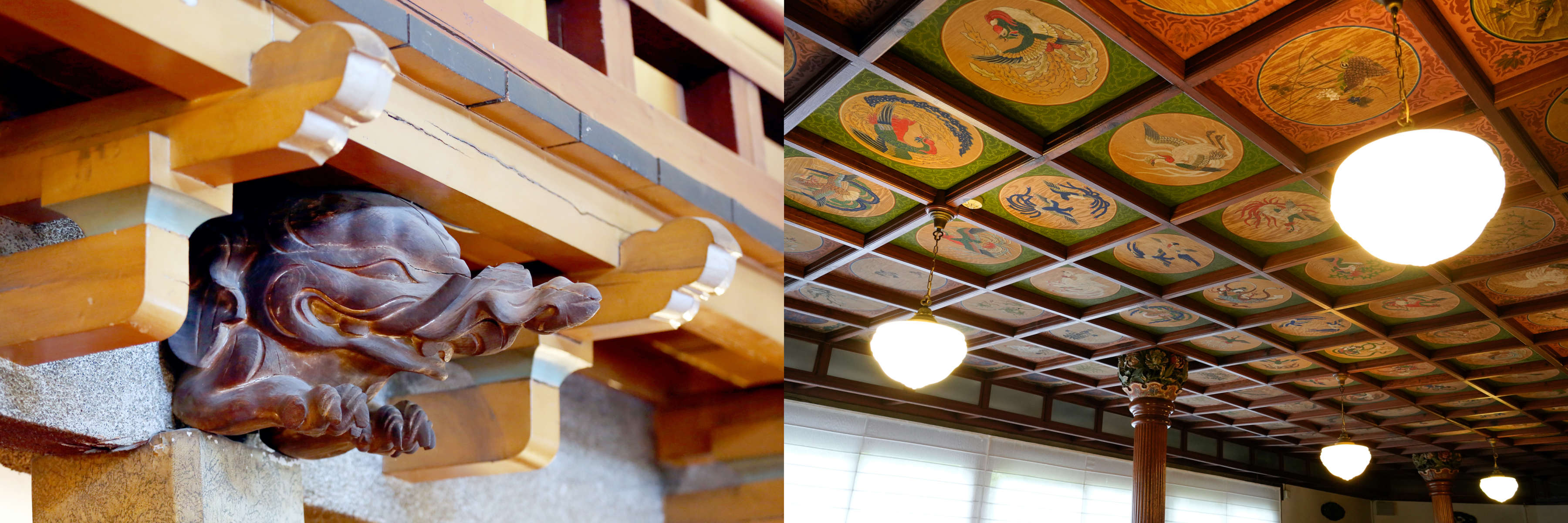
The Western-style architecture of the Nikko Kanaya Hotel incorporates many Japanese touches.
Photo credit: Nikko Kanaya Hotel
Nara Hotel: Savor classic elegance surrounded by nature
The oldest hotel in Japan’s ancient capital opened its doors in 1909, at a site that looks out over Nara Park. The main building was designed by the prolific architect Tatsuno Kingo, who was also responsible for the Bank of Japan building and the original red-brick Tokyo Station in central Tokyo.
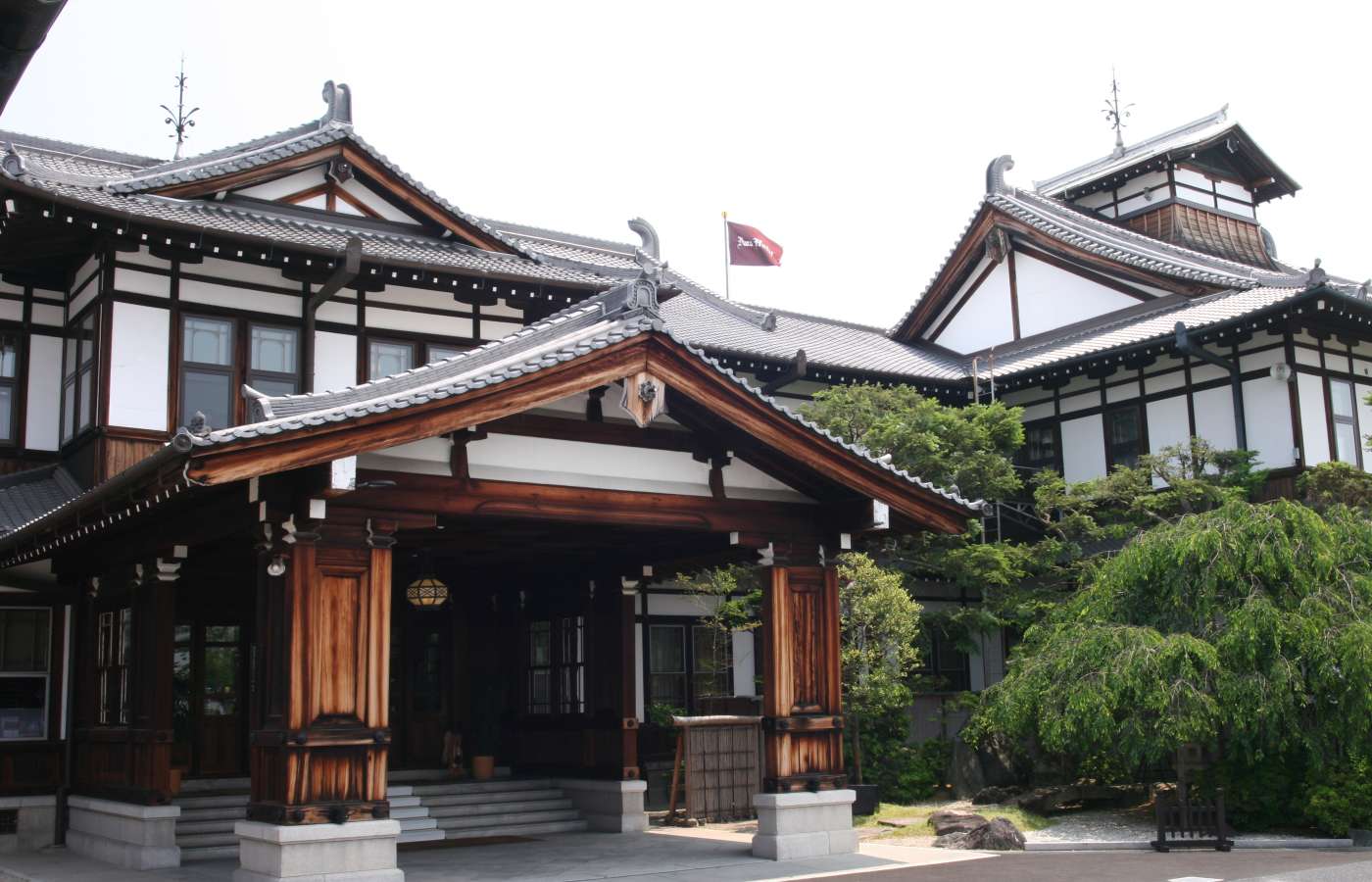
The main building of Nara Hotel, designed by Tatsuno Kingo, gives Japanese tradition a few Western tweaks.
Photo credit: Nara Hotel
The Nara Hotel is more traditional in appearance: it was constructed in the style of a residence from the 16th century, but incorporates Western touches like an atrium entrance and sweeping staircase.
Famous guests including Sergei Prokofiev and Audrey Hepburn have passed through the hotel’s doors – and look out for a photograph of Albert Einstein playing a piano during his stay there.
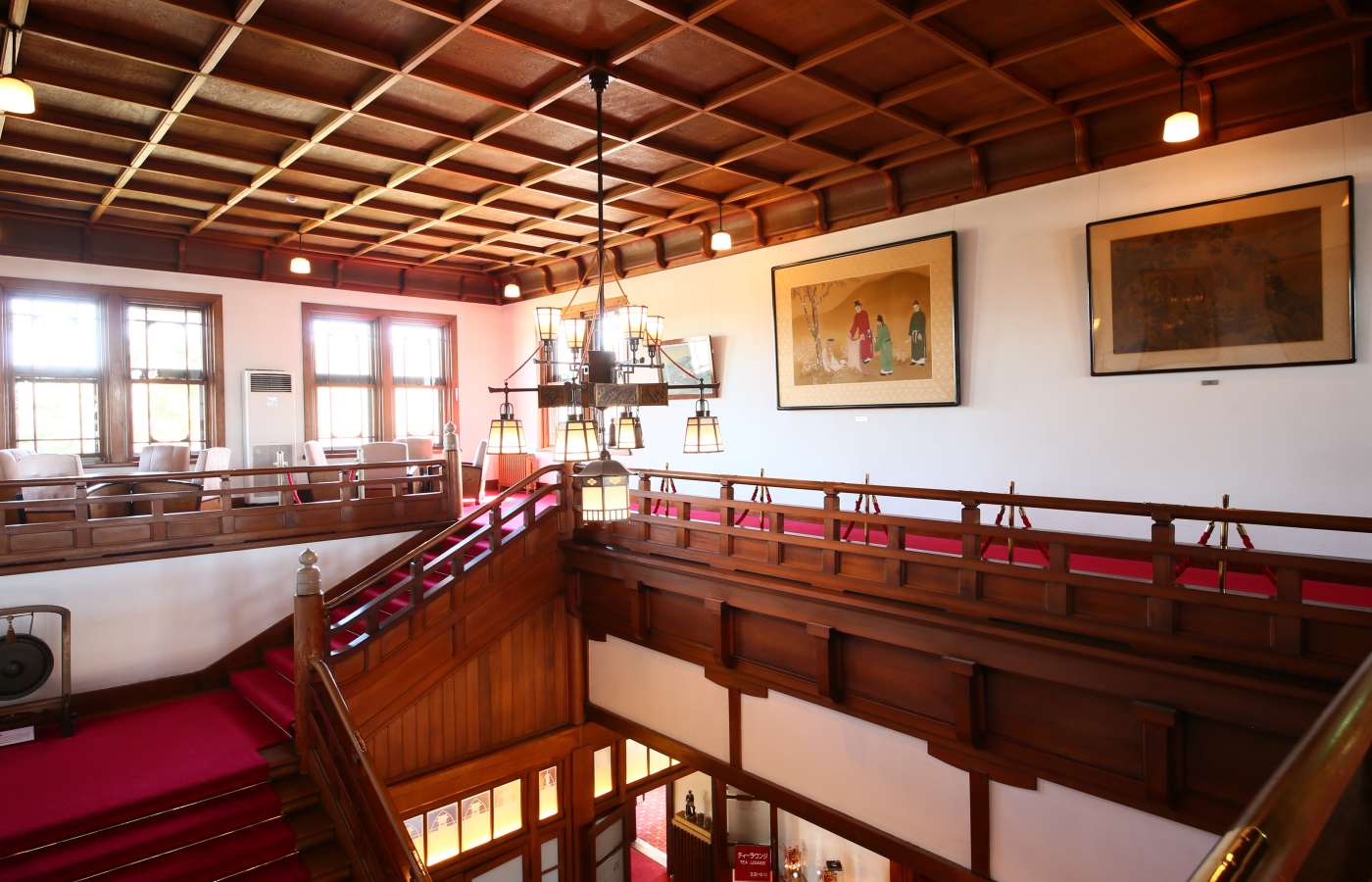
Photo credit: Nara Hotel
Fujiya Hotel: One of Japan’s grandest Western-style hotels gets a makeover
An early pioneer in Japan’s hospitality industry, Sennosuke Yamaguchi traveled to the United States and Europe as a young man and returned with a mission of his own: to create a hotel catering to foreign clientele. Thus the Fujiya Hotel was born in 1878, in the popular hot-spring resort of Hakone.
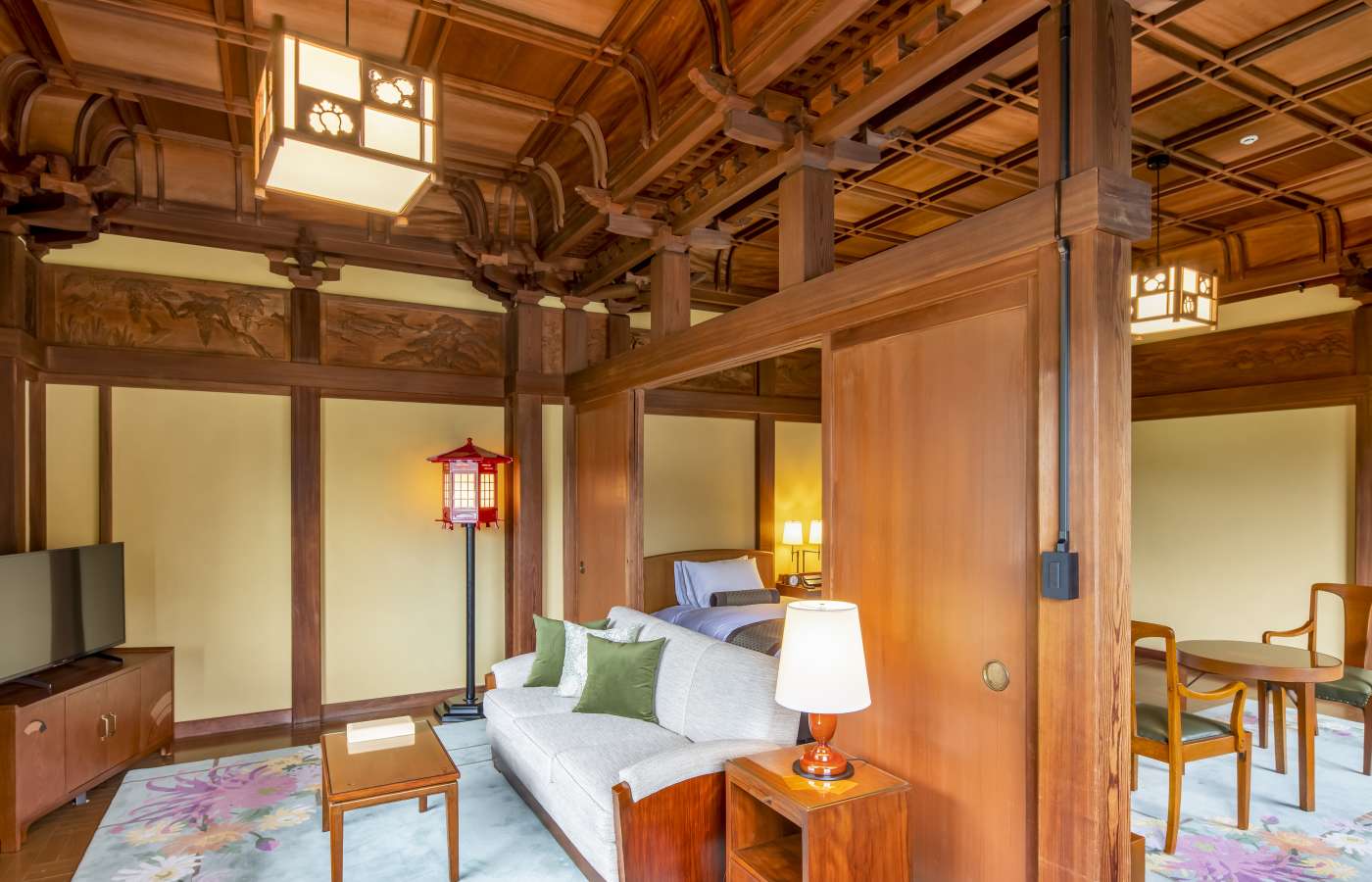
A guest suite in the Fujiya Hotel’s Flower Palace building, incorporating Japanese features such as wooden transoms and sliding doors.
Photo credit: Fujiya Hotel
Guest rooms in the main building, which dates to 1891, have high ceilings, lime-plaster walls and antique furniture. The Flower Palace, constructed in 1936, is even more eye-catching, with its interiors melding Japanese and Western styles.
An extensive renovation, completed in 2020, made the hotel more earthquake resistant, while adding facilities including a private lounge and public baths – though all the guest rooms also have hot-spring water.
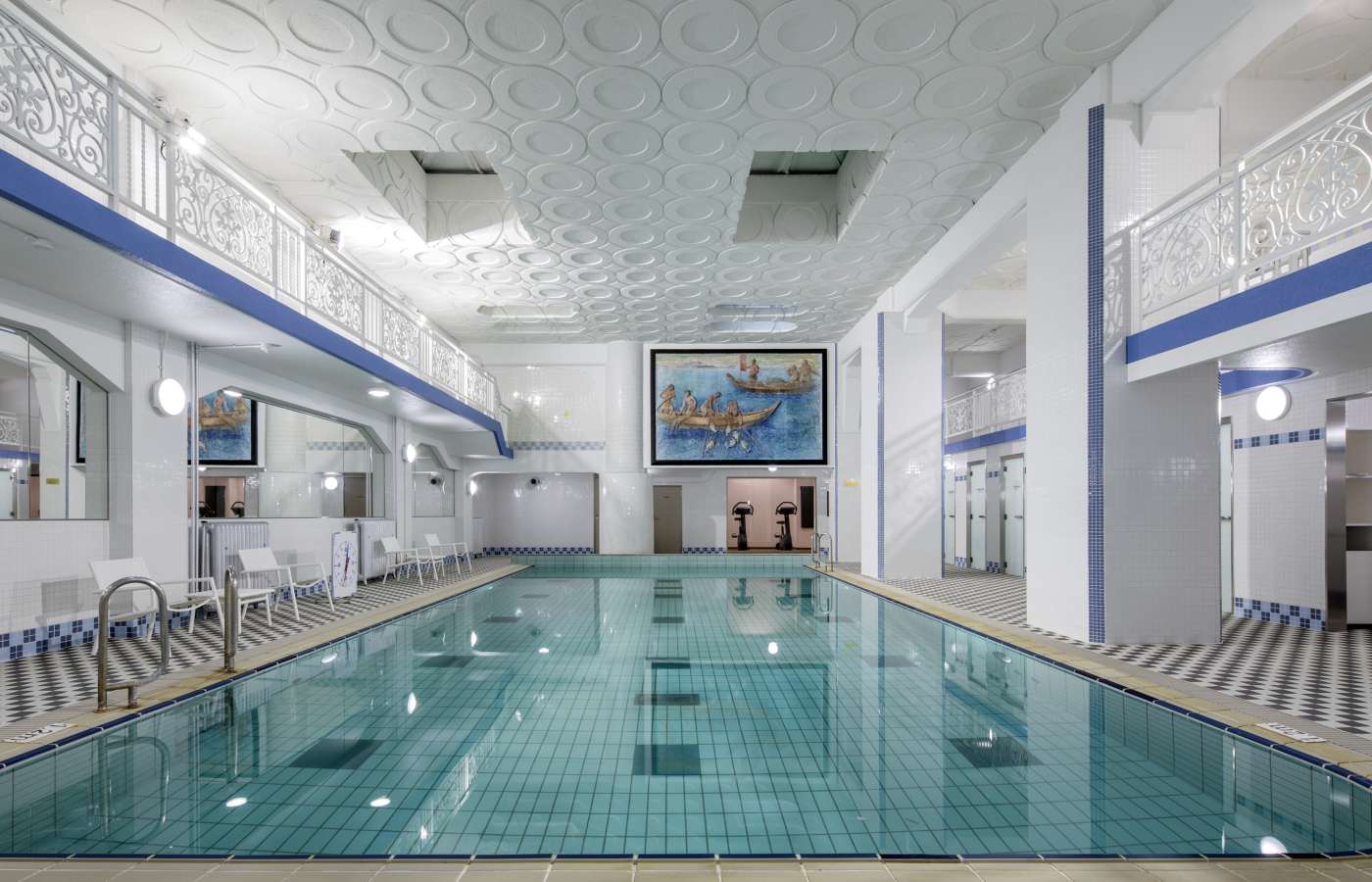
The Fujiya Hotel’s indoor pool, with its stylish checkered tile floors, is said to be the oldest in Japan.
Photo credit: Fujiya Hotel
Other ways to step back in time on your visit to Japan
There are still examples of late-19th and early 20th century architecture scattered around Japan, notably in historical port cities such as Yokohama, Kobe and Hakodate. But you can also enjoy throwback experiences in a range of settings, from steam locomotives to old-school coffee shops.
-
About the author
Author: James Hadfield
Profile: Originally from the UK, James Hadfield has been living in Japan for nearly 20 years and still hasn’t got bored. He writes about lifestyle and culture for publications including The Japan Times and ele-king.





















































